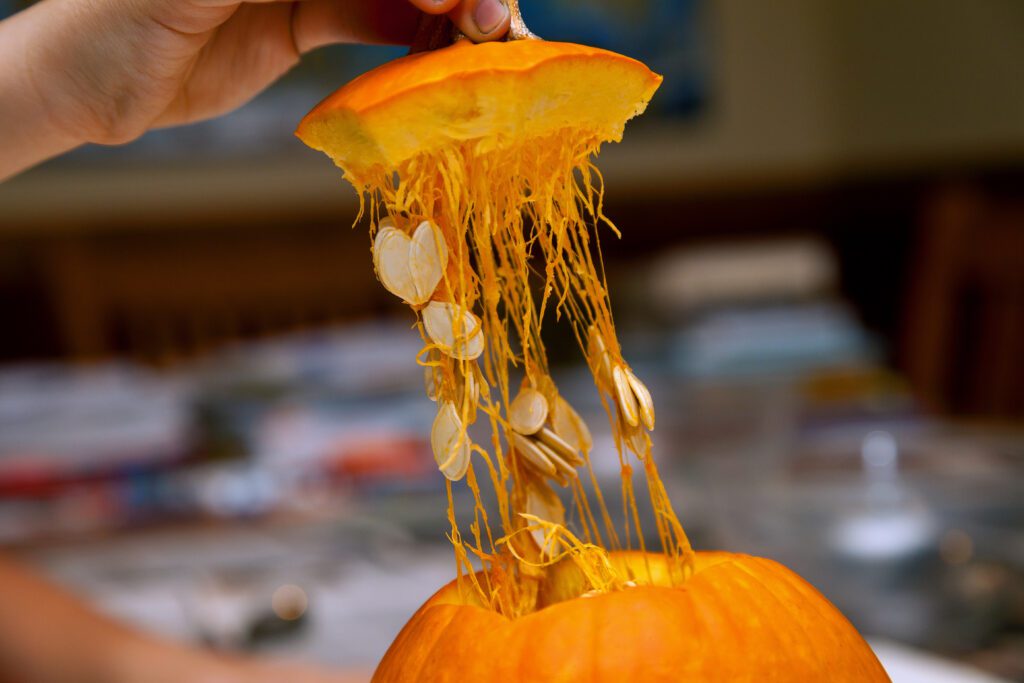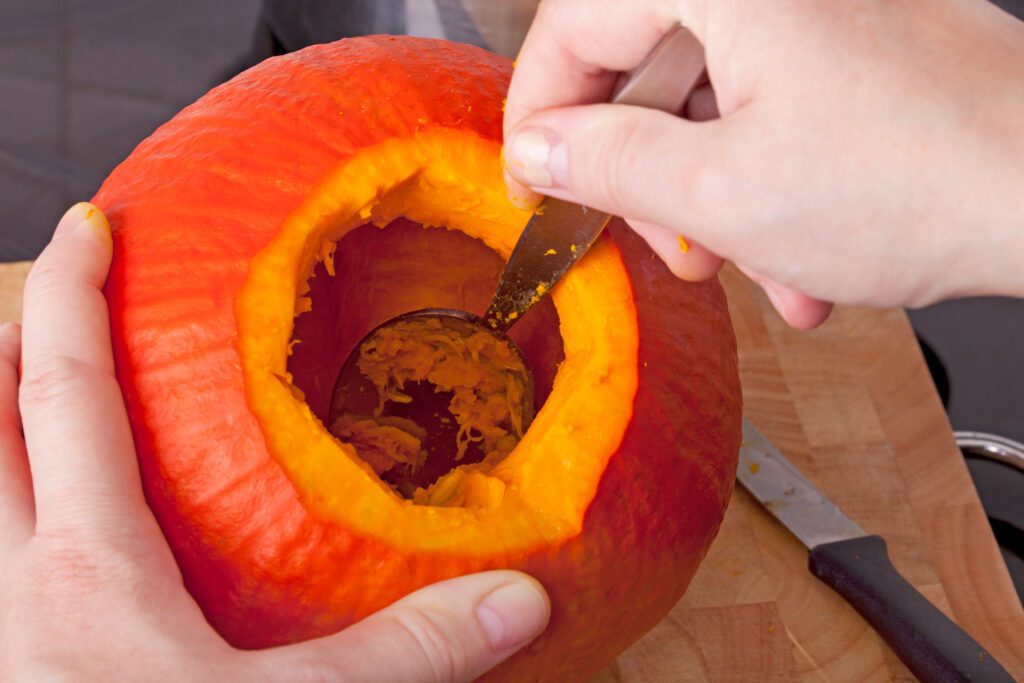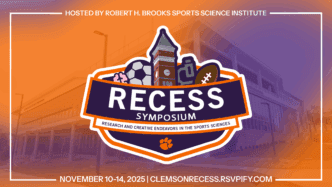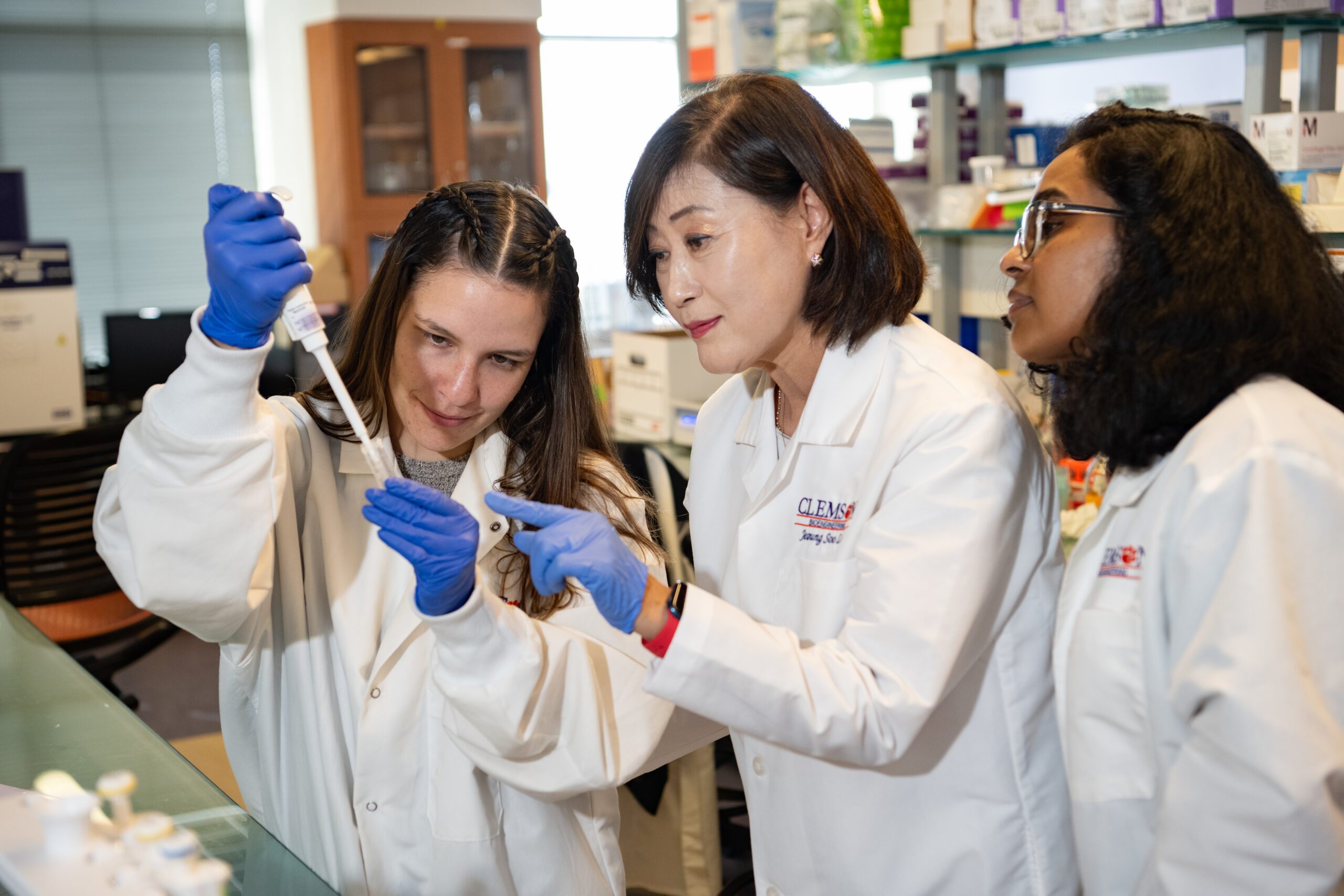Halloween is a time for all kinds of spooky fun, like trick or treating and pumpkin carving.
Science can be spooky and fun, too.
Here’s a list of easy Halloween-related experiments that can be done at home. The list was curated by the Clemson University Science Outreach Center.

Crystal Pumpkin
This experiment is an excellent way to learn about saturated solutions and mixtures. It uses green and orange pipe cleaners, a glass jar, skewers or pencils, and a borax and hot water solution.
Step One: Twist or coil the green and orange pipe cleaners into the shape of a miniature pumpkin. Twist the top of the pipe cleaner pumpkin around the skewer or pencil.
Step Two: Mix the borax solution in a ratio of 3 tablespoons borax to 1 cup of hot water. How much solution you need will depend on the number of pumpkins you make. The borax will not dissolve and the mixture will be cloudy.
Step Three: Suspend the pipe cleaner pumpkin in the borax solution for 24 hours, then remove it and let dry. You will end up with a crystal pumpkin.
The science behind the crystals is basic chemistry. The borax has been suspended throughout the solution and remains that way while the liquid is hot. A hot liquid will hold more borax than a cold liquid because the molecules are farther apart. As the solution cools, the molecules draw closer to each other, and the particles settle out of the saturated mixture. The settling particles form the crystals you see.

Magnetic flying ghost
In this experiment, you’ll discover the power of physics with simple stationary items.
You will need a white tissue paper, paper clip, fishing line, magnets, two craft sticks and something to serve as an anchor, like interlocking plastic building bricks or tape.
Step One: Build a magnet rod by placing magnets between the ends of two craft sticks. Secure by taping the ends together.
Step Two: Anchor your fishing line by tying to something heavy or immobile or simply taping it to a flat surface. Tie the loose end around the paper clip. This will be the body of the ghost.
Step Three: Cover the paper clip with the white tissue. Hold the magnet rod over the paper clip, and watch the ghost “fly” as the magnets attract the paper clip.
This is a great way to explore magnetic forces. You may also decorate the ghost to make it unique!
Magnetic flying ghost experiment.

Germinating pumpkins
In this experiment, you’ll be investigating biological processes.
Step One: Cut the top off a pumpkin. Leave the pumpkin “guts” inside.
Step Two: Fill the pumpkin with dirt and water it.
In a few days, some sprouts will make their way to the surface, and you will have baby pumpkin plants.
This is a great way to learn about germination, which is the development of a plant from a seed, and simple biology. The embryo cells enlarge, forming a root that breaks through the seed coat, followed by a shoot or a sprout.
Germinating pumpkin experiment.

Pumpkin DNA isolation
Isolate pumpkin DNA with this experiment using basic at-home items and your fall decor. You will need apumpkin, a tablespoon of salt, ¼ cup dishwashing detergent, rubbing alcohol, a coffee filter, a funnel and a blender.
Step One: Place the alcohol in the freezer; the colder it is, the better it will work for the experiment.
Step Two: Cube the pumpkin and place the pieces in the blender.
Step Three: Add a half cup of water and the tablespoon of salt and blend the pumpkin until it is pureed about to the consistency of applesauce. Be sure not to blend it for too long!
Step Four: Add a quarter cup of detergent.
Step Five: Using the coffee filter and a funnel, filter the puree into a new container, resulting in a simple pumpkin juice.
Step Six: Tilt the container of filtered puree and, very gently, pour an ounce and a half of alcohol so that it forms a layer onto of the puree, not allowing it to mix. After a few seconds, a layer of DNA will form between the alcohol and juice.
Blending the pumpkin breaks up the cellulose fibers that hold the pumpkin cells together. The detergent breaks up the cell membrane. Adding the alcohol the solution allows you to see the DNA.
Pumpkin DNA isolation experiment.
The Science Outreach Center inspires and empowers the scientist within each person through hands-on labs, camps and activities for learners of all ages. The center engages the public through discussions of scientific research. It also supports classroom teachers through field trip labs and professional development opportunities. For more information about the Science Outreach Center, go to https://scienceweb.clemson.edu/cusoc/.







